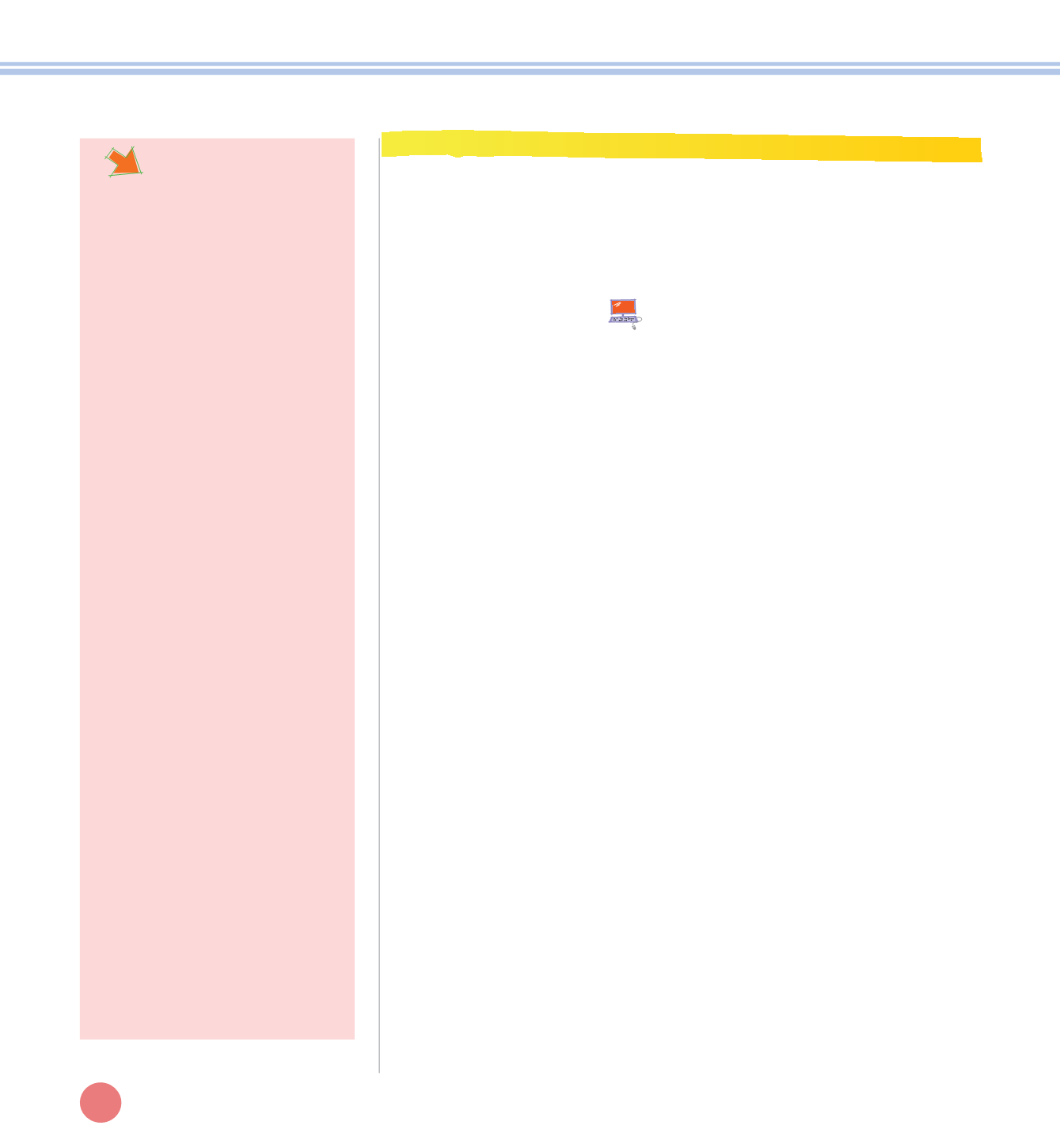

Apply ing
WRITING
STRATEGIES
Student Book page 129: Read the directions with the class. Have each student
select a worker in his or her community whom they would like to interview. Tell
them to consider what they think that worker does and where he or she works.
Have them write a list of questions they would ask that community worker. Make
sure that students begin each question with a question word, such as
who
,
what
,
when
,
where
,
why
, or
how
. Allow time at a later date for students to invite their
community workers to class.
Vocabular y Review
VOCABULARY
DEVELOPMENT
Display the
Community
Photo Cards that show people in the community. Have
students work with a partner to write sentences about the places where those
people work. For instance,
I visit the baker at the bakery.
Ask each pair to share
their sentences with the class. Track how many community workers share their job
titles with the name of the location where they work. Challenge students to think
of workers whose titles do not match the location of their jobs.
Note:
The phonics
activities on the back of each photo card may be used to supplement instruction.
Unit 4
My Community
128a
Direct Instruction
An inflectional suffix can provide
information about a noun, verb,
adjective, or adverb.
Q
The suffix
-s
at the end of a noun
indicates a plural, or more than
one of that noun.
Q
The suffix
-s
at the end of a verb
indicates a singular, third person,
present tense verb.
Q
The suffix
-es
at the end of a
noun or verb indicates the plural
of that noun or the singular, third
person, present tense of that verb.
Q
The suffix
-ed
at the end of a
verb indicates the past tense or
past participle of that verb, as in
walked
or has
walked
.
Q
The suffix
-ing
at the end of a verb
indicates the present participle of
that verb, as in
walking
.
Q
The suffix
-er
at the end of an
adjective or adverb indicates a
comparative, as in
quicker
or
sooner
.
Q
The suffix
-est
at the end of an
adjective or adverb indicates
a superlative, as in
quickest
or
soonest
.
An inflectional suffix can change the
part of speech of a word without
changing its meaning.
Q
Adding the suffix
-en
to the verb
write
changes it to the adjective
written
.
Q
Adding the suffix
-ly
to the
adjective
loud
changes it to the
adverb
loudly
.
Have students brainstorm a list
of words that include inflectional
suffixes. Write them on the board or
on chart paper, and have students
come up to circle the suffix in each
word.


















